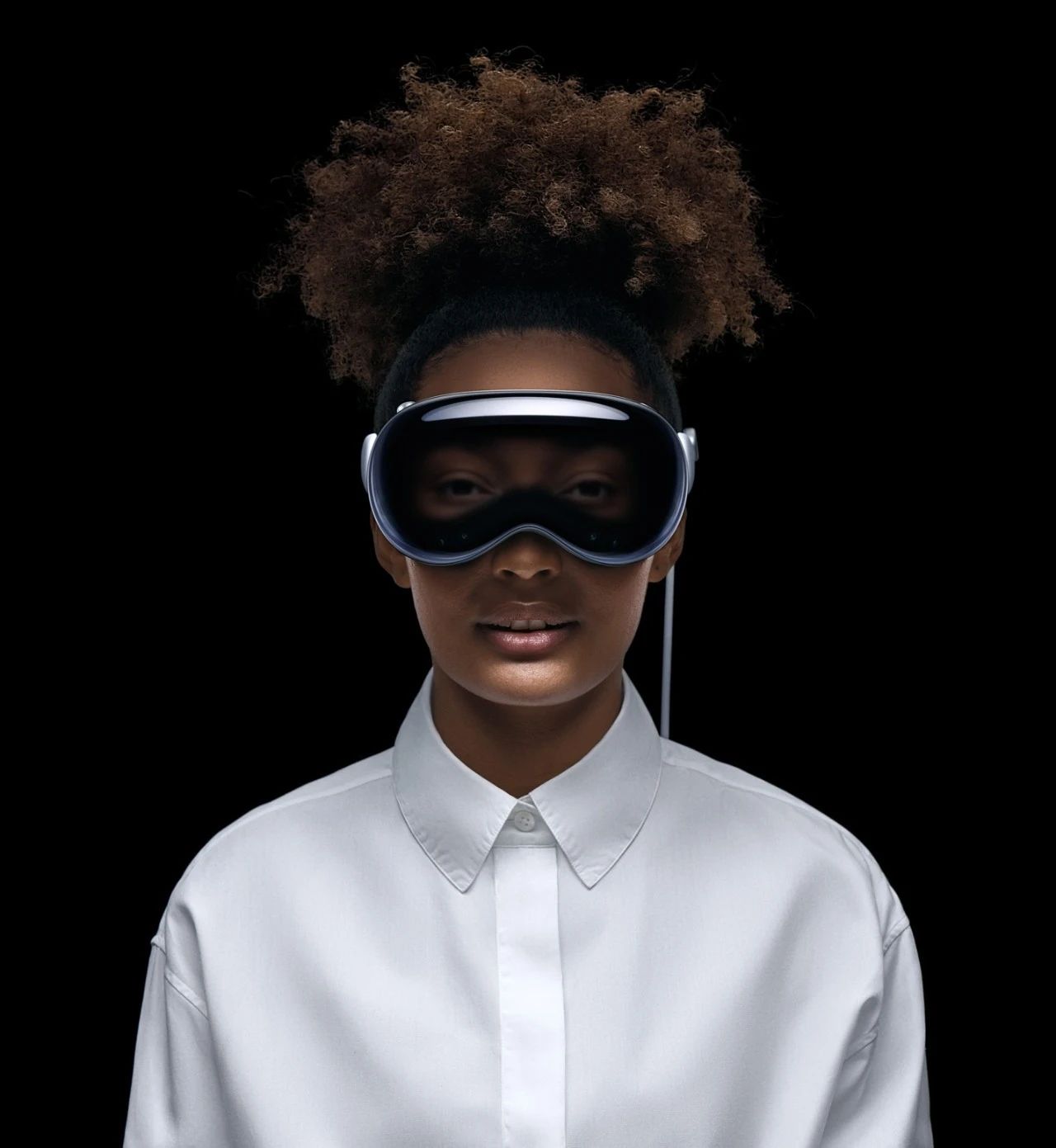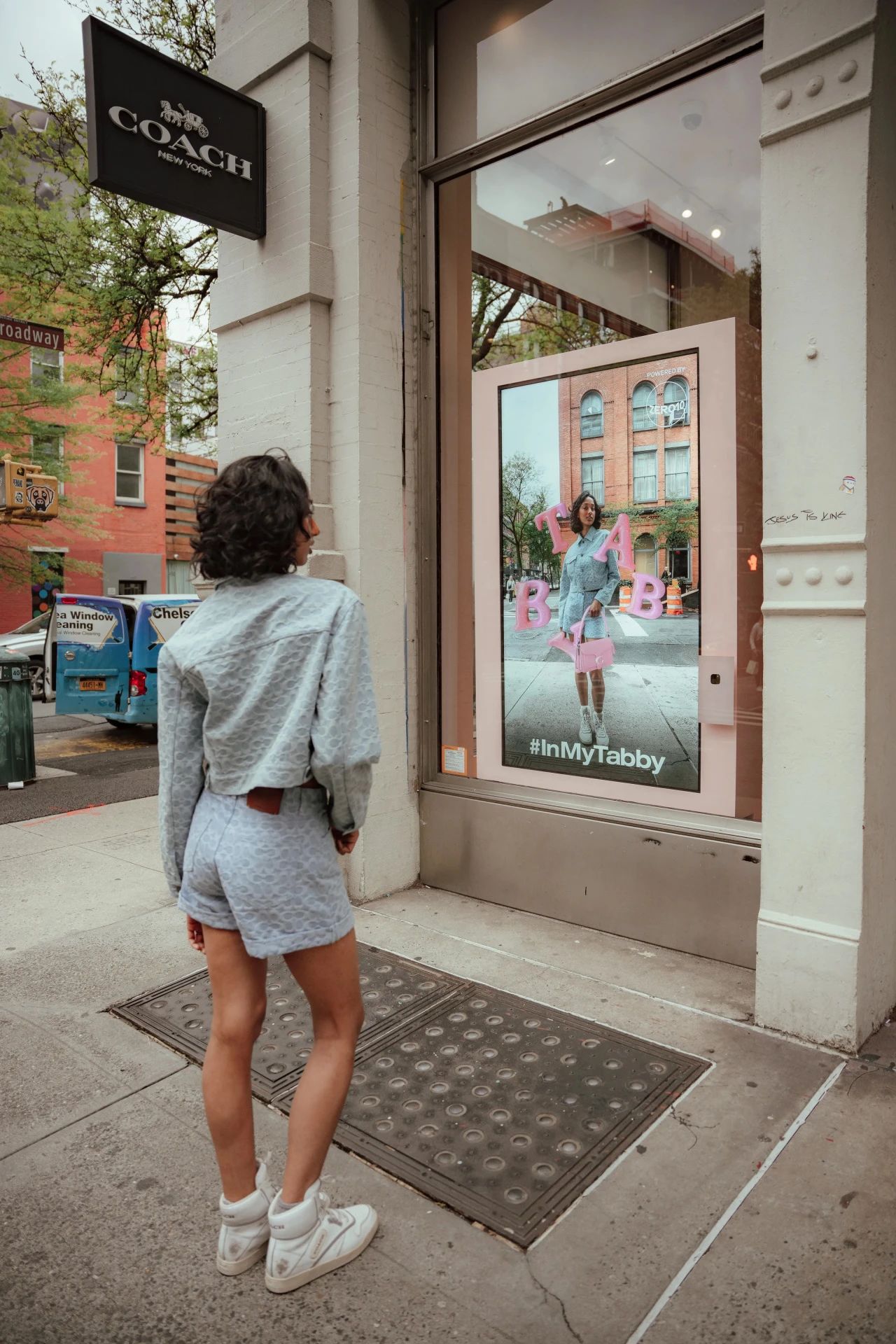Entering 2024, the atmosphere and calls for technological innovation in the fashion industry increasingly revolve around the theme of “practicality”: because after many hype cycles of new technologies in the past few years, it is time for these technologies to prove their sustainability and practicality.
The fashion industry’s blind pursuit of trendy technology has begun to return to rationality, which means that brands will carry out technological innovation according to their specific goals, rather than blindly following a specific popular technology. The developer’s task is to answer what new value new technologies really offer, not to define what they mean. Driven by this environment, even as the underlying technology continues to proliferate, many of the terms used to define hot topics-including “Web3,” “AR,” “phygital,” and “metaverse” to name a few-will continue to fade out of the mainstream, with the one exception that any project that includes the broad category of AI is likely to re-emphasize the role of AI.
At the same time, many previous technological concepts will merge, and artificial intelligence will become a basic theme: for example, e-commerce technology will rely on digital goods, mixed reality and artificial intelligence; augmented reality and mixed reality will become more and more realistic with artificial intelligence.

### Super reset of e-commerce track
2023 ends with a whirlwind of chaos for fashion e-commerce companies, laying the groundwork for a more difficult reset of the industry landscape in 2024. Matchesfashion was acquired by Frasers Group for £ 52 million (2017 valuation of approximately $1 billion). Farfetch had a market value of about $0.254 billion at the time of the acquisition (down from $26 billion in 2021); the new parent Coupang has been injected with a $0.5 billion “lifeline”. The sale has already had an impact on Yoox Net-a-Porter, and Farfetch’s plan to acquire a majority stake in the company from Richemont has now been canceled.
Still unknown as to what the new ownership means for Farfetch Platform Services (FPS), Farfetch Platform Services (FPS) is the company’s white-label technology offering that has customers throughout the fashion industry. What does it mean that a company dedicated to using technology to build a “global luxury platform” cannot succeed?

Photograph: Edward Berthelot/Getty Images
This year, tensions between multi-brand e-commerce and consumer-facing efforts will intensify. Brands will invest more in their technical capabilities, both in-store and online. Multi-brand retailers will also invest in automating logistics to cut costs.
Sophie Abrahamsson, president of video commerce platform Bambuser Americas, said that data science is expected to receive new attention as companies switch between trying to control the entire customer purchase journey and relying heavily on third-party platforms. Those with first-hand knowledge can overuse resources, provide subpar experiences and alienate customers, she adds.
“Gen Z is particularly acutely aware of initiatives that are not real,” she said. However, outsourcers can benefit from wider coverage and pre-built tools, but also face the risk of not being able to participate in decision-making and access customer data. She suggested: “It is essential to strike a balance between third-party applications and consumer-facing options to avoid over-reliance and maintain ownership of customer interactions.”
As brands accommodate new data privacy needs and personalization technologies-such as how to reconcile data disclosure with AR fitting, or digitize consumer preferences while gaining permission to store body dimensions-they will innovate in the way they acquire first-party data. Persuading customers to be willing to provide useful information about themselves is seen by M7 Innovations founder Matt Maher as a process of “passive personalization” because it can lead to an “intuitive rather than intrusive experience,” he said. “This will usher in a new era of brand loyalty that can be graded based on activity, engagement and spending.”

Farfetch, Prada and Piaget are among early adopters of the new tools. Credit: Snapchat
“Today’s chief marketing officers are focused on finding ways to do more with less,” Abrahamsson said, “and cost-saving efforts will be realized through a technology perspective, extending to features such as virtual fitting (to reduce returns) and digital fashion experiences that provide real feedback from the consumer before the garment enters production. These cost-saving technologies also reduce waste.”

Image source: Snapchat
“I expect sustainability-related technologies to be an exciting area of innovation in 2024, from the development of greener materials to the development of less environmentally damaging garment production processes,” said Ginna Bibby, partner and head of the global fashion technology practice at international law firm Withers. “Efforts to provide personalization and reduce waste may be improved through on-demand or just-in-time manufacturing, but don’t expect an overnight upheaval.”

### Artificial Intelligence Breaks the Limit
The AI era will continue with a renewed focus on previous uses (algorithmic suggestions, predicting trends) and new solutions to old problems (editing images and writing personal messages). Bibby noted that AI will “continue to be used to improve customer engagement, manage supply chains and facilitate design processes,” adding that brands “still need to use AI in ways that don’t infringe copyright or data privacy.”
The innovation of artificial intelligence does not exist in isolation, but its growing prominence deserves to be mentioned in the 2024 fashion technology forecast. “If 2023 is the year AI takes the altar, then 2024 will be the year it becomes more viable,” says Maher.”

Image source: inthenews
Generative artificial intelligence (generative AI) in particular will face scrutiny and experimentation as governments around the world introduce new regulations. Brands need new requirements for transparency and protection of their intellectual property. Don’t be surprised if a brand inadvertently gets caught up in an AI-related misstep: perhaps transparency disclosures could be ignored when AI models implicitly intervene with human models, or an ad campaign could give someone a sixth finger, perhaps an autonomous customer service chatbot could derail, or an AI-generated design could override someone else’s intellectual property.
Brands need to seriously reflect on their own work: what is the process of skill improvement, what (or who) can be replaced? If it is not performed manually, which processes will be improved and which processes will deteriorate?
Brands may also see opportunities to cut costs for copywriters, graphic designers and customer service agents, as these are the creative tasks that are most affected. Others, however, say that the more trivial aspects of these roles will be improved, meaning humans can focus on high-touch tasks; for example, AI could help e-commerce companies develop their styling and personal shopping products. Stitch Fix has improved efficiency by using artificial intelligence-assisted, personalized style annotation stylists.
Customer service workers may be replaced by artificial intelligence.

Photograph: Tom Werner/Getty Images
The modeling world is also about to be affected, with top models such as Eva Herzigov and Kendall Jenner digitizing their portraits, while lesser-known e-commerce models are finding their roles remade by artificial intelligence. Brands will also recruit or train creatives with new skills as instant engineers, where it is envisioned that creative talent will continue to be a competitive advantage.

### A new ‘vision’ for digital objects”
At the end of 2023, the search volume of “smart glasses” soared. There are reports that Apple Vision Pro, Apple’s first mixed reality headset, will be launched to consumers as early as February this year, and Meta also announced plans to update its smart glasses to identify objects and provide information (including style tips).
While the distribution of these devices is still relatively niche, it provides a clear example of how technologies such as mixed reality, virtual assistants, ambient computing, and computer vision may be of interest to mainstream consumers without having to define any of these terms.

Image source: Meta
Even before the Vision Pro was available to consumers, developers and brands were working on usage paradigms: fashion games could be animated by mixed reality headsets, or virtual billboards could add a more compelling digital layer to the outside world.

Photo by: APPLE
The high-profile use and testing of Apple’s new technology will stimulate curiosity about complementary technologies more broadly, driving digital fashion and immersive experiences-even in face-to-face environments such as stores. According to CB Insights data, by the end of 2023, the only retail technology to receive increased funding was physical stores, while e-commerce and logistics had less funding.
Retail screens and mirrors may need interactive upgrades. AR company Zero10 has worked with Coach, Tommy Hilfiger and Macy’s. CEO George Yashin said that AR is continuously enhanced by artificial intelligence and “is no longer a niche market.” He said: “Many companies are preparing to create an ecosystem around AR, aiming to dominate the market through interconnected gadgets, applications, software and platforms.” AR Mirror tested successfully last year; Yashin said that this year the expansion of the brand is expected to go beyond one-off integration.

Photo by Coach/Zero10

### Does NFT still exist?
Cryptocurrencies and NFTs are not expected to rise from the ashes, but just because you don’t know much about NFTs, doesn’t mean brands will stop trying. Maher said brands are just hidden, and he expects many luxury brands to continue to leverage Web3’s digital mechanics.
Again, practicality is key, even if it comes in an interesting package. Perhaps a mainstream music artist will offer digital goods through physical T-shirts, or there will be some other cross-industry collaboration to bring mainstream token holders into the world of Web3. Europe’s upcoming digital product passport rules provide additional impetus for the digitization of physical goods. It is expected that brands will attach NFTs and digital identities to physical items to increase transparency, invent new loyalty drivers and further circular initiatives. Eon’s “instant resale” products are particularly compelling-perhaps more brands will use NFT or digital identity for this purpose.

Image source: EON
As DressX’s Natalia Modenova told Vogue Business recently, just because you don’t see it, doesn’t mean it’s not happening. “Digital goods that provide authentication and exclusive experiences are the same as NFTs that provide token-gated access on the blockchain,” Maher said. “It’s just that one sounds better than the other.”
(Source: Vogue Business)













